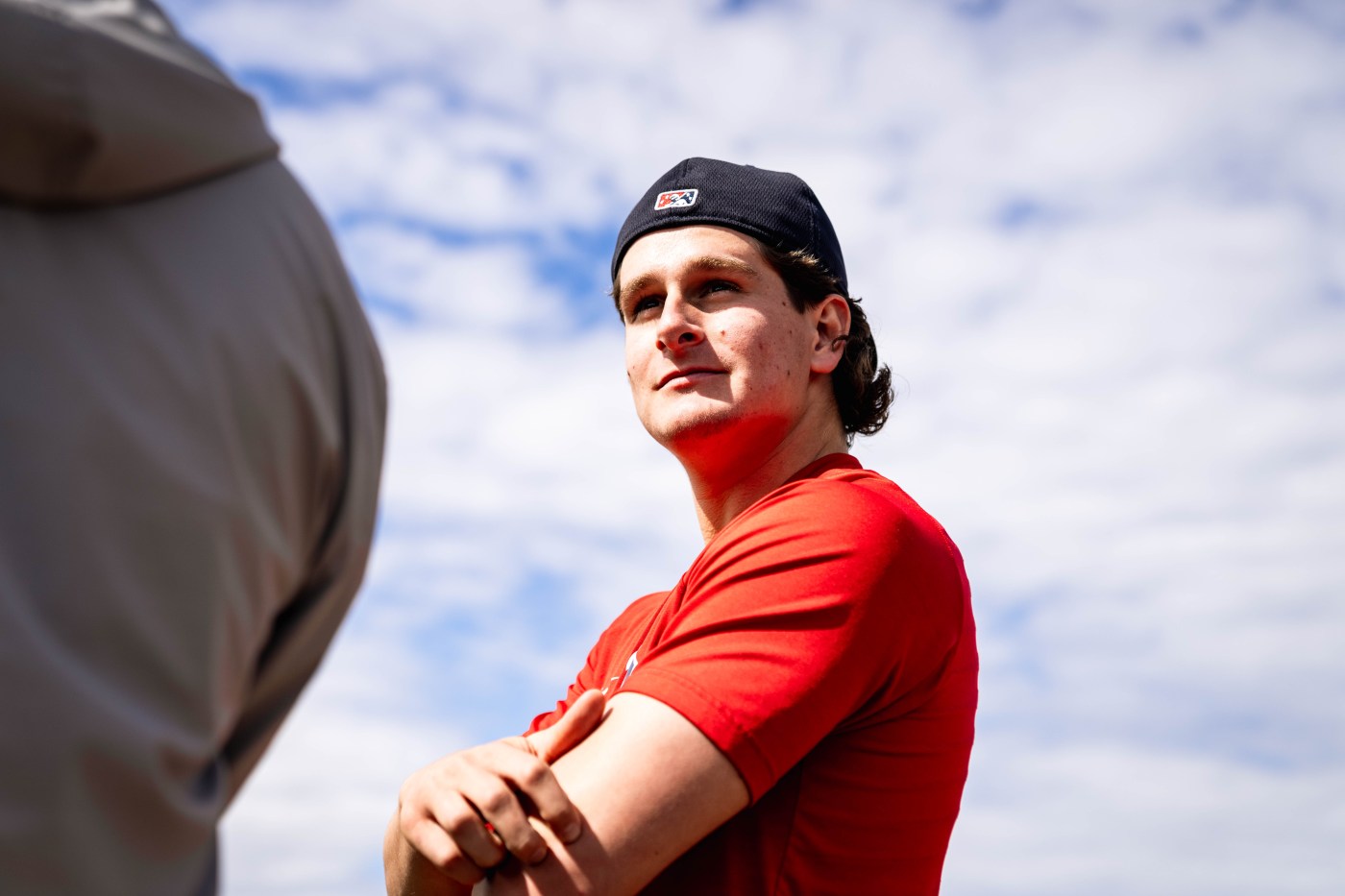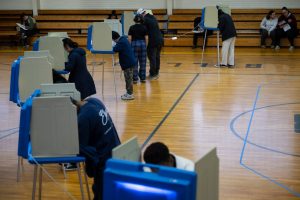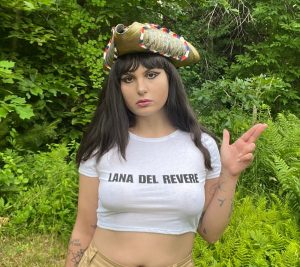
Red Sox mailbag: Unpacking possible trade scenarios and contract extensions for Boston
It’s been a quiet month for the Red Sox since the season ended, but with the offseason underway things should start picking up steam in the weeks to come.
So what are the Red Sox going to do? Is the club really going to take a more aggressive approach after years of rebuilding? We answer your questions in today’s Red Sox mailbag.
What would a potential Roman Anthony extension look like and what is the likelihood of something like that happening? — Ben C.
Jackson Chourio’s deal with the Milwaukee Brewers would probably be the best comp for a potential Roman Anthony extension. Last winter Chourio signed an eight-year, $82 million contract with two club options and performance escalators that could push the deal’s value to $142 million. Chourio was only 19 years old at the time and the deal was by far the largest in history for a player who’d never appeared in an MLB game. Given their similar stature as prospects and the fact that Anthony is about two months younger than Chourio, it’s easy to imagine his deal being used as a model.
For Anthony, he’d make considerably more money earlier in his career than if he were to go through the usual salary progression, and he’d still reach free agency by age 30, ensuring an opportunity to land a second big contract at a similar time as most other big leaguers. Plus, even if he didn’t pan out for whatever reason — injuries, poor performance, etc. — he’d still have guaranteed financial security.
In return for taking on that risk and the higher upfront cost, the Red Sox would get an additional four years of team control over a player they see as a potential superstar. If Anthony were to blossom into an MVP candidate by the end of the deal, those four years would come at a massive bargain for Boston compared to what he could get on the open market.
Sounds like a win-win for both sides, right? Well, Anthony and Chourio’s situations aren’t exactly the same, and there are reasons why an extension might not make sense right now.
For starters, the Brewers essentially penciled Chourio in as one of their starting corner outfielders, and right now the Red Sox don’t have an open spot for Anthony to fill. He’s also a left-handed batter, so he wouldn’t be a solution to the club’s lineup balance issue.
The club could shake things up with a trade or two, but right now the team might prefer to wait a year, see how Anthony performs in 2025 and explore an extension next offseason. Anthony might also prefer to hold off, either to put himself in position for an even bigger extension in the future or to hit free agency as early as possible. That approach is about to pay huge dividends for Juan Soto, so Anthony wouldn’t be crazy to bet on himself in hopes of a bigger payday down the road.
My guess is we probably won’t see an extension this winter, but it wouldn’t be a complete shock if it happened.
Do you think any of the big four prospects have a chance of making the Opening Day roster? — Matt S.
I think at least one will make the Opening Day roster. Marcelo Mayer will most likely open the season at Triple-A given that he never got a chance to play for Worcester following his promotion due to injury, but any of the other three conceivably have a shot.
Kristian Campbell would be my bet of the big four. He is coming off one of the best offensive seasons by a minor league player in recent memory and will have a chance to compete for the starting second base job, the only obvious positional void the Red Sox have. He’ll have to beat out Vaughn Grissom and David Hamilton, but barring any outside additions he has a clear lane. After the year he just had, it feels foolish to bet against him.
As far as roster fits go, Kyle Teel is the next most likely candidate. As of now the only catcher the Red Sox have on their 40-man roster is Connor Wong, and given that Teel bats lefty he and Wong would form a natural platoon tandem. The Red Sox could still add a veteran backup on a one-year deal, but anyone they sign would be a stopgap and as soon as Teel is ready he’ll get the call, whether that’s for Opening Day or at some point further down the line.
Then there’s Anthony. Roster-wise he definitely has a taller hill to climb given that Jarren Duran, Ceddanne Rafaela and Wilyer Abreu are all ensconced in the outfield. If the Red Sox shake things up to add a right-handed bat there’s a decent chance that player could land in the outfield as well, which would further crowd the picture for Anthony. But on the flip side, we’re talking about the No. 1 prospect in all of baseball and a guy who has dominated every level he’s played. Would anyone be surprised if he showed up at camp and was so good he couldn’t be denied? No matter what else the Red Sox do this winter, don’t underestimate Anthony’s chances of forcing his way into the picture.
What are the chances of the Red Sox targeting Pete Alonso to both play first base and balance out the lineup then making Triston Casas the centerpiece of a trade for an ace? — Adam A.
I’d say below 20%. Craig Breslow poured cold water on this scenario the other day at the GM Meetings, saying “I’m not sure where that’s coming from” when asked about the trade speculation involving Casas. Even if you take his word with a grain of salt, there are reasons why that approach wouldn’t make the most sense.
New York Mets’ Pete Alonso celebrates a three-run home run against the Los Angeles Dodgers during the first inning in Game 5 of a baseball NL Championship Series, Friday, Oct. 18, 2024, in New York. (AP Photo/Frank Franklin II)
The first problem is Casas is coming off an injury-plagued 2024 in which he was limited to only 63 games, so he won’t have the same value as he might if he were coming off a healthy season in which he hit 35-plus home runs. That means the Red Sox would have to give up more to land an ace. The second problem is the Red Sox would have to give Alonso a humongous deal to pry him out of New York, so they’d effectively be swapping in a proven but older and more expensive power hitter for a young up-and-comer who could become just as good, if not better.
Alonso would be an absolute menace in the Red Sox lineup, so if Casas could net a good enough starting pitcher then you could justify this approach. But of all the paths Breslow could take, this feels like a less likely option.
Do you think the Red Sox will go after a free agent starter, or trade for one? Also, what are the odds they decide to make Casas a good extension deal before spring training? — Holly M.
If the Red Sox don’t trade Casas I think it would behoove them to try and work out a contract extension. They have tried before and Casas publicly indicated he didn’t find the offer very impressive, but if he is indeed a franchise cornerstone Breslow should make an effort to lock him up for the long haul and end the uncertainty that has swirled around him in recent months.
As for the question of how the Red Sox will address their rotation needs, I think their preference would be to bring in an ace via trade. The way pitchers get injured these days any arm is inherently risky, and if a big contract goes bad it can set a franchise back years. Look no further than Chris Sale’s ill-fated five-year extension. Where would the Red Sox have been if he’d stayed healthy and pitched the way he did for Atlanta this year his last four seasons in Boston?
Boston Red Sox’s Triston Casas reacts to a called third strike during the eighth inning of an Aug. 25 game at Fenway Park. (Nancy Lane/Boston Herald)
Now, even if a trade might be their preference, what I actually think the Red Sox should do is both. This doesn’t need to be an “either-or” proposition, the Red Sox have huge financial reserves and one of the best farm systems in baseball. They can go out and sign a free agent like Corbin Burnes or Max Fried and try to trade for someone like Garrett Crochet. If the whole point of the last five years was to put the club in the best position to contend long-term, then why would you limit yourself now that you actually have the table set for a big push?
Max Fried or Blake Snell as the No. 1 starter? — Nathaniel C.
Give me Fried. Snell had an awesome second half but over his entire career he’s seesawed between utter dominance and injury-fueled frustration. There’s no denying Snell’s stuff or his two Cy Young Awards, but he’s the kind of guy where if things go bad, they could go really bad.
Besides being a year younger, I feel like Fried is the steadier and more reliable option. He’s consistently pitched at a high level and has only missed extended time due to injury once since becoming a full-time starter in 2019. Plus, he also walks significantly fewer batters than Snell.
You could certainly make a case for Snell’s upside, but personally I feel like Fried is the better fit.
What could a package for Jesus Luzardo look like? I know Crochet is the sexy name but feel like Luzardo would be a lot cheaper with his injury history. Would a package surrounding Wilyer Abreu be enough? — James
Considering Luzardo’s injury history I’m not sure the Red Sox would even trade Abreu for him straight up. Maybe they would if they had assurance about his long-term viability, but the more I thought about this hypothetical the more I began to appreciate how valuable Abreu has potentially become.
Miami Marlins starter Jesus Luzardo delivers a pitch during the first inning of a game against the New York Mets, Friday, May 17, 2024, in Miami. (AP Photo/Wilfredo Lee)
Think about what Abreu has accomplished over the last two years. This is a guy who was never regarded as a top tier prospect, and yet ever since he’s reached the majors Abreu has done nothing but play rock solid baseball in every aspect of the game. He just became the first Red Sox rookie to win a Gold Glove since Fred Lynn in 1975, and in a couple of weeks he’ll probably finish top-five in the AL Rookie of the Year vote.
Guys like Abreu typically don’t get traded. The fact that we’re talking about it at all is kind of remarkable. But if the Red Sox decide to deal him, they should aim as high as possible. He may not be a “top prospect” like Anthony or Mayer, but in some respects he could be just as valuable — he’s a proven MLB commodity who is only 25 years old and can positively impact a club over both the short and long-term.
I’m not giving that up for a guy who’s never shown he can stay on the mound. Luzardo had a great two-year stretch and could still become an ace if he gets healthy, but if I’m trading for someone with that level of uncertainty, my preference would be to give up lottery tickets in return. My ideal package would center around guys like Miguel Bleis or Franklin Arias, high-upside prospects with star potential who are still years away from the majors.
The range of outcomes is huge — best-case Luzardo reaches his potential and the prospects flame out, worst-case Luzardo’s arm falls off and one of the prospects emerges as a superstar — but if you’re looking for someone who could take the starting rotation to the next level, a deal like this could be a way to do so without necessarily having to give up someone like Abreu, Casas or one of the big four.


